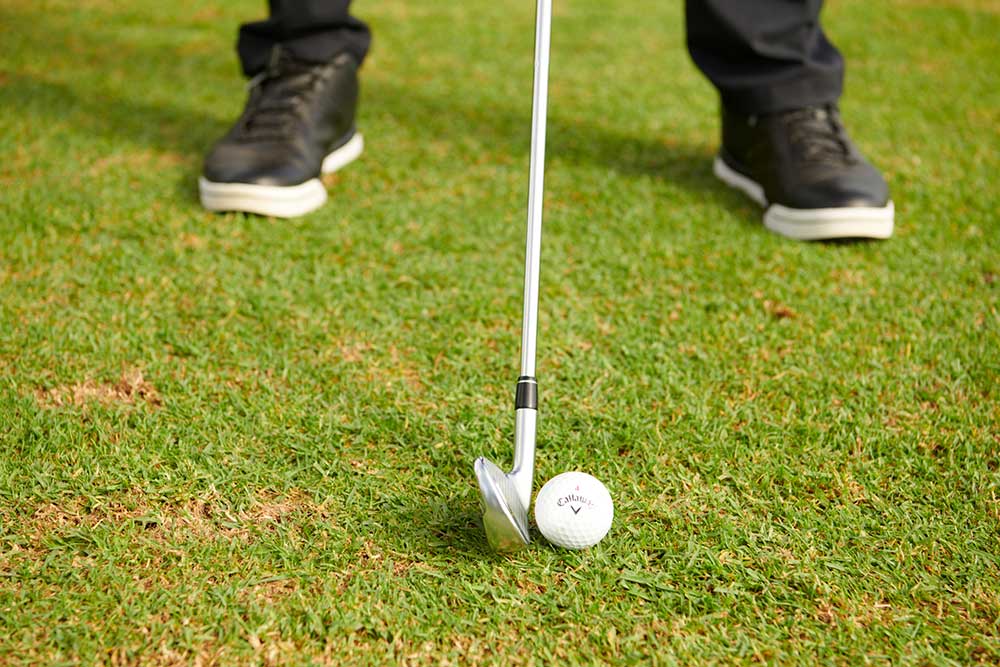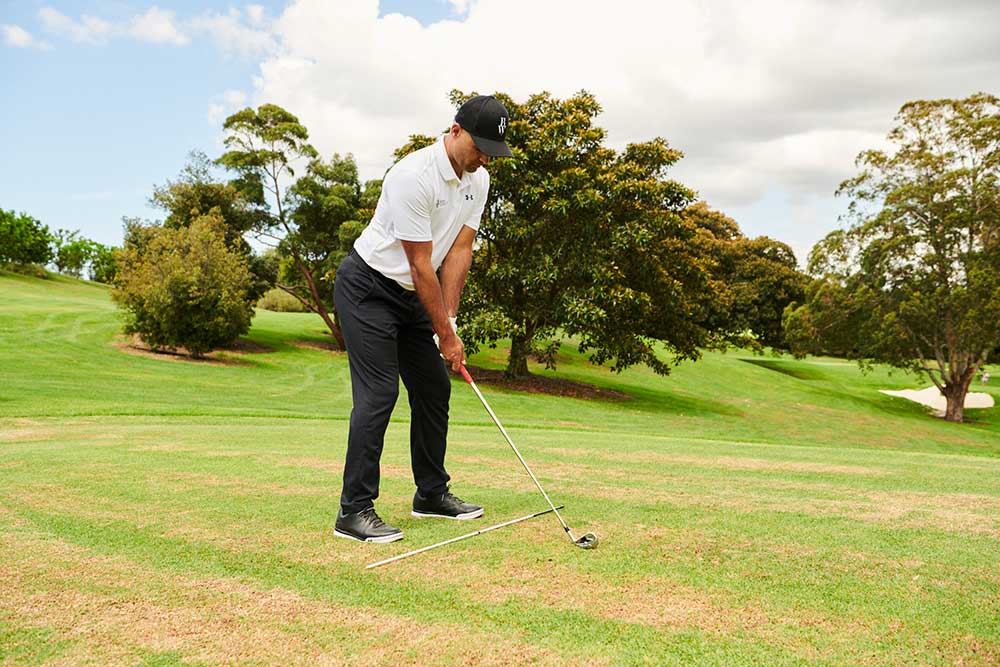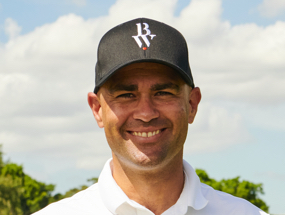The Christmas Holidays and New Year is a wonderful time to celebrate. The holidays also offer many of us a break in which we can catch up on some golf games!
What people tend to do, however, is overdo their golf practice and put too much pressure on themselves, leaving them feeling like they played too much and didn’t even get any better. And suddenly they can’t wait to get back to work!
I put together a very simple guide to help you practice more effectively and improve your focus so you can get the most out of your golf game.
Tips For Making The Most of Your Golf Practice Over the Holidays
Practice With Purpose
The first step to optimising your golf practice over the holidays is practising with purpose. I think many golfers go wrong during their practice when they try to hit the ball as far as they do on the golf course. Practice doesn’t mean you need to hit thousands of golf balls or completely revamp your golf swing.
Practising should serve to train the swing, as well as training the mind to prepare for the round ahead.
Steps To Take When Practising Before a Round of Golf
-
Start with five 20m sand wedge pitch shots, just to take the tension out of your body and try to build some synchronicity between your arms, club, and body.
I also try to hit the shots as easily as possible to mentally feel what an easy swing feels like. This is crucial, as it can come in handy on the golf course when trying to get rid of tension.
-
Next, go on to hit five 9 irons. Again, try to hit them as easily as possible. You will be surprised by how much distance you start generating through the tension-free swings. Remember, a lack of tension helps generate natural speed through the hands, wrists, and forearms.
Try to maintain a pre-shot routine when practising. It is very easy to lose focus and just start hitting shots, followed by raking another ball and not thinking about why the last shot was good or not.
-
After the 9 irons, follow with the 5 iron. Again, hit five balls while focusing on tension levels. Start getting the feeling that the combination of the length and loft of the club is contributing to the distance generated.
It is essential to try and understand and feel why some of the shots are going well and others are not. This will allow you to refer back to these feelings during the round and can help you bounce back from bad shots or continue hitting those good shots.
-
Hybrids or woods are next with another five balls. Try to start thinking about your first few holes and how you are going to approach them. Remember, you do not have to hit a driver on the first hole (or any hole for that matter), so these hybrids or woods can come in handy. Easy swings continue!
When practising, use the entire range as a target. By that, I mean pick specific targets out and give yourself areas where you cannot afford to hit them and areas that you have to hit them. This puts a little pressure on you and allows you to visualise your shots better.
-
Finish with five drivers. All your efforts should be on trying to prepare for your first tee shot and focusing on releasing all tension from the body. It is not imperative to hit a driver off the first tee, but if it feels good on the range you should be good to go with it!
There is no need to focus on technical aspects of the swing before a round. Simply focus on releasing tension and getting a general feel for the swing. That’s only 25 practice shots, but these swings will get you warmed up — mentally and physically — for a great round of golf!
Playing a Round of Stress-Free Golf
Unfortunately for most golfers, there is no luxury of getting out on the golf course during the week and hitting a couple of balls on each hole without really thinking about the consequences. Your average golfer plays their round of golf with a scorecard in their hand and thinks that they need to post a good score in their club competition.
If you can, do try to get out there and play those few holes with minimal focus on your score. Worrying less about your golf score will get you in the right headspace for a fun, productive round.
Before you get on the first tee, set yourself a goal either physically, mentally or both. That goal should be a simple swing thought or a physical feeling.
Below are a couple of examples:
- Today I am only going to swing the club at 60% throughout the entire round
- Easy swing all day long
- Rotate back with the left shoulder, accelerate through with the right arm
- Smooth, smooth, smooth
- Swing from in to out
- Be the ball, Danny!
As you can see, there are all sorts of phrases or mantras you can use. Use what is most relevant to you and use it throughout the entire round without wavering! Even if you hit the worst shot of your life, stay with it as it will keep you coming back to the moment.
Visualise your shots and where you want to hit them, block out all the hazards or obstacles that line the fairway, and focus on where you want the ball to finish. This will allow you to commit to your shots and erase any negative thoughts. Again, the clearer your mind is, the less tension the rest of your body will carry.
Don’t Focus on the Bad Shots
Finally, the most important part of a stress-free round is to brush off those bad shots. There are 18 holes to contend with filled with par 3’s, 4’s and 5’s. But, at the end of the day, it comes down to one shot at a time. A good shot helps but a bad shot shouldn’t hurt. So if you have a bad shot, let it go, move on, and keep swinging and enjoying yourself.
Want More Tips For Making the Most of Your Golf Practice?
Are you looking to have more fun on the golf course and improve your golf game? Whether you want a private golf lesson in Sydney or online golf coaching, I offer professional golf coaching to anyone, anywhere in the world.
From detailed video analysis to personalised drills to state-of-the-art analytical tools, you can choose a lesson plan tailored to your needs and goals.
How to Practice and Play Golf Effectively Over the Holidays




